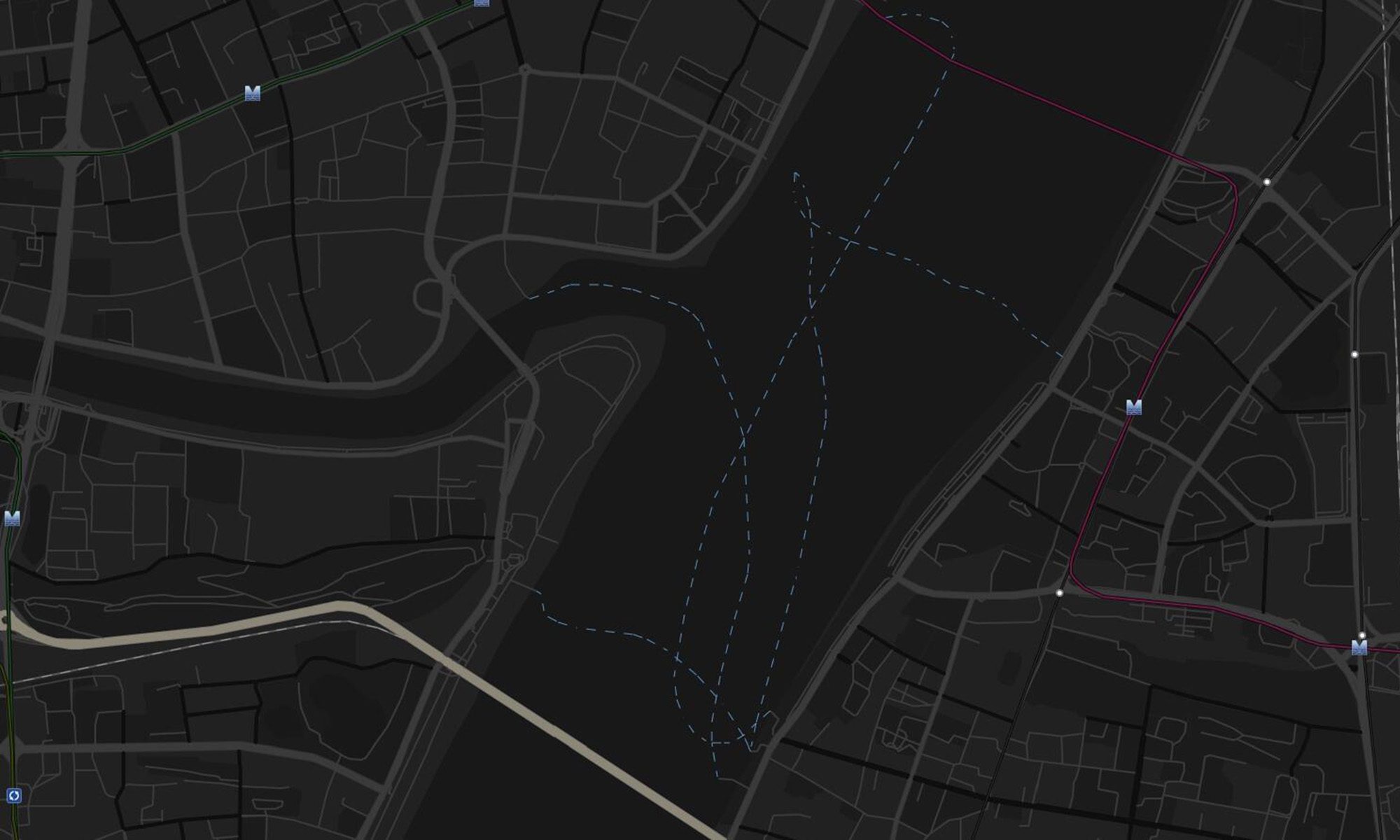Rapid urbanization has led to a massive transformation of urban space in China, spatially and socially. Its higher education has been growing much faster than ever before, along with an explosive increase
Taking Wuhan city as a case study, this paper aims to examine the public transport service to gated university campuses and its impacts on spatial and social inequalities. The spatial accessibility is measured by four methods: proximity-based, gravity-based, population-weighted average, and competition-based, using population data at







The initial version was presented as
Sun C, Cheng J, Lin A. 2018. Segregated urban university. The 12th IACP conference. Xi’an, China.
Sun C, Yang Q, Lin A, Peng Y. 2016. Measuring difference and equity on public transportation accessibility of campus in Wuhan. 33rd International Geographical Congress. Beijing, China.
The paper was published as
Sun C, Cheng J, Lin A, Peng M. 2018. Gated university campus and its implications for socio-spatial inequality: evidence from students’ accessibility to local public transport. Habitat International, 80: 11-27, DOI: 10.1016/j.

